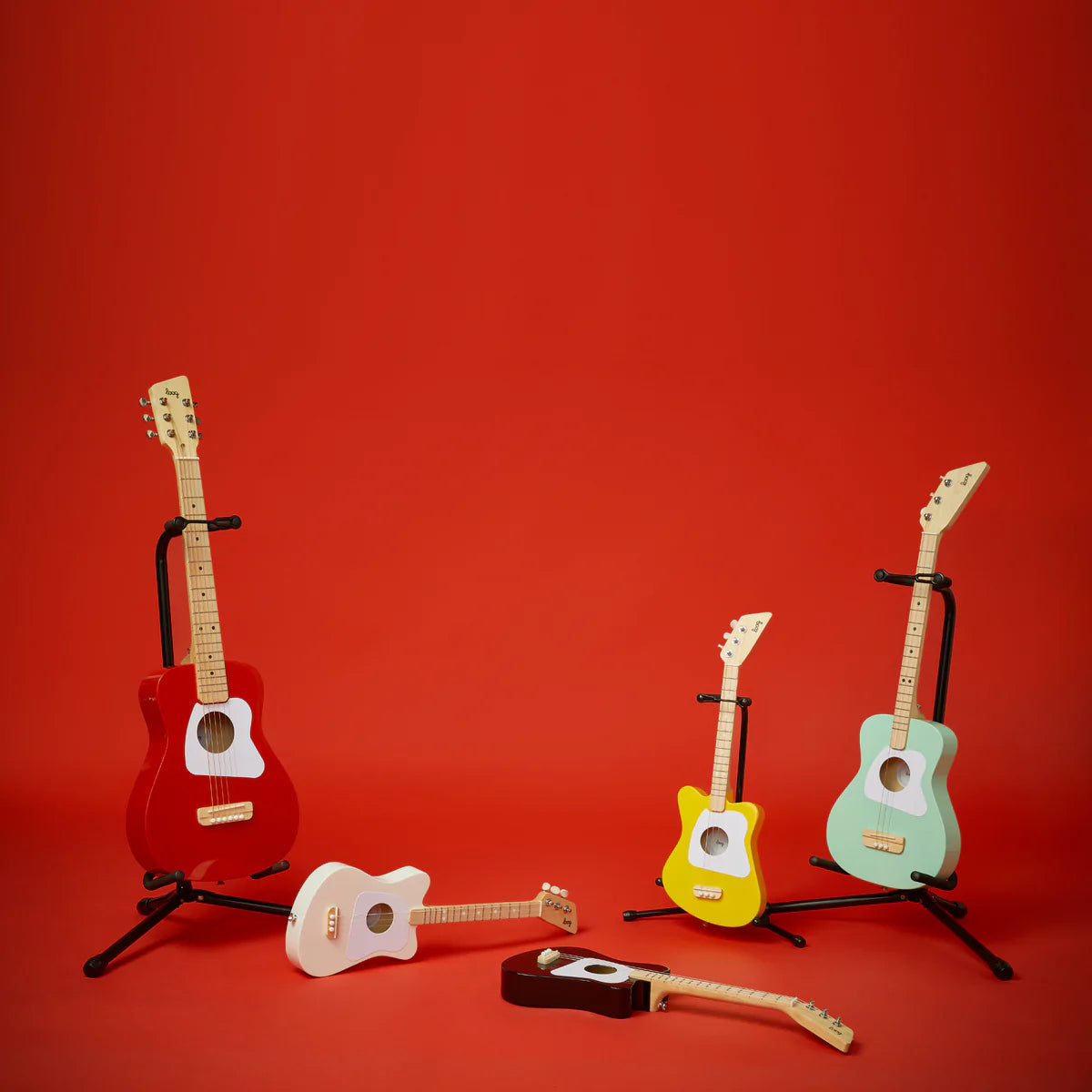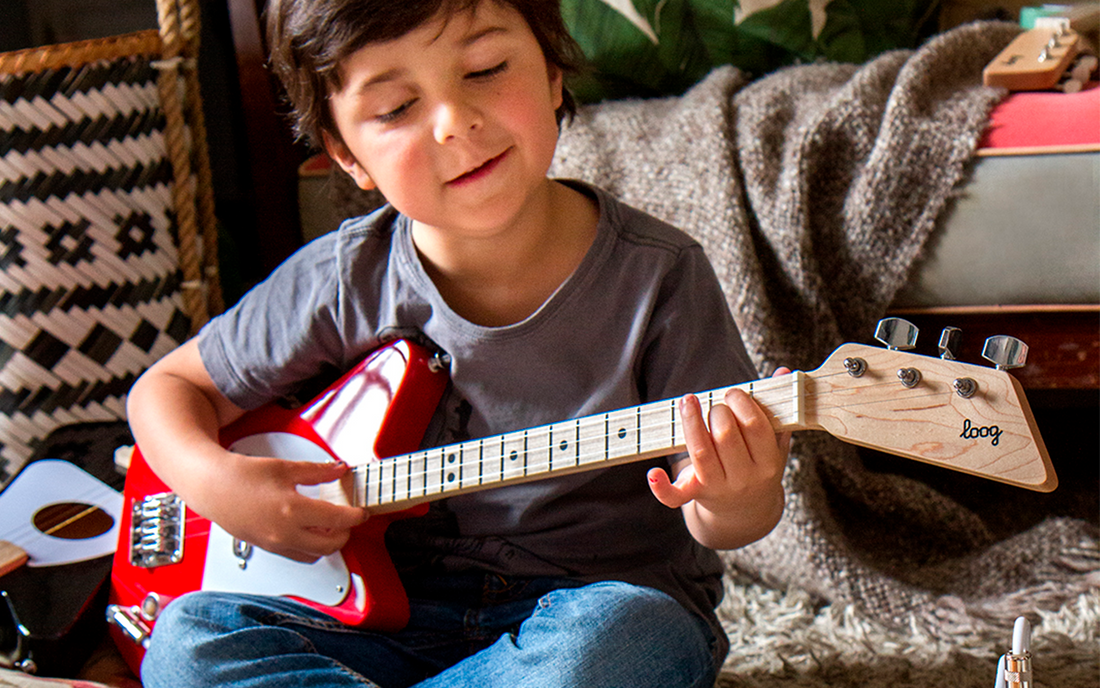Written by Violet Celine
Is your kid a budding musician or singer? If so, that’s a skill you might want to encourage.
Aside from granting them a cool talent they can show off to family and friends—and even a possible career path down the line, we note in one of our previous articles that music helps kids by giving them a tool to express their emotions in a fun, healthy, and sustainable way. What better way to motivate your kids than giving them their very own space to practice and record their songs?
Itching to get started? Here’s how to set up a home recording studio for your kids.
Make a good spot
If you're building a studio from the ground up, a study published on ASA.scitation.org found that the best principles for studios' dimension ratios are that the length-width ratio should be between 1.15-1.45 and that the width-height ratio should be greater than 1.1. This optimizes frequency distribution and sound quality. However, this only applies if you intend to spend a considerable amount of time and money on your home studio. That said, it's perfectly fine to initiate their musical journey with a laptop and a set of headphones.
You can make a wonderful spot for your children to record by simply using the materials you have on hand. Find a room or space in your home that's as far from clamorous streets or rowdy neighbors as possible, then fill it with heavy pieces of furniture as well as carpets and rugs. This will serve to dampen and absorb distracting sounds. You could also purchase affordable materials like acoustic sealant tape to block small crevices where noise could enter through, such as the gaps between the door and its frame. Setting up heavy curtains on the windows can absorb most sound pollution leaking in from the outside.
Get the right equipment
When deciding which equipment to invest in, you'll be looking at these two categories: instruments and recording gear. Kids often have strong preferences in the instruments they want to learn, and it's important to respect that. If they're open to suggestions, however, a great option is our own Loog guitar. It comes in different sizes, has a built-in speaker and amp, and comes bundled with an app, flashcards, and free video lessons. If you purchase an electric guitar, your kids won't even need to worry about recording gear—all they need to do is plug the guitar into their audio interface and they're good to go! When your kids are ready to level up their guitar sound, they can easily acquire digital guitar amps or pedals through the AmpliTube Custom Shop or Native Instruments.
Another good choice that TheModernRecord.com suggests is digital keyboards. These can replicate the sounds of different instruments and usually come with a MIDI interface, which can connect the keyboard directly to your device and expand its array of sounds. A stellar model is the Yamaha Clavinova CLP-775, which possesses 88 Weighted GrandTouch keys and velocity-sensitive pedals that imitate the feel and sound of an acoustic piano.
Though digital instruments eliminate the need for recording gear, your kids may want to practice singing, too. If so, Shout4Music.com recommends looking at some of the best microphones for vocals. The Neumann U87 AI is considered one of the finest because of its amazing versatility—as a large diaphragm condenser with a variety of polar patterns and a sensitivity that reaches up to 20/28/22 mV/Pa ± 1 dB, it captures lush sounds whether your kids are singing from far away or right up to the mic. It can also handle sound pressure levels up to 127 dB without distortion. Both these features mean your kids can still capture high-quality recordings even with limited experience using vocal mics.
Select the best recording app
Now that you’ve established the studio space, gear, and instruments, it’s time to settle the recording and playback interface. Since this is a basic studio set-up, you can simply connect your kids’ musical paraphernalia directly to a computer and use digital applications to capture the music.
Audacity is one classic program many beginning musicians use. It's free, open-source, and has powerful sound and editing features that rivals its paid-for counterparts. If your kids want to work with something simpler, MCT-Master.github.io recommends the digital audio workstation Soundation. It features an easy-to-learn drag-and-drop system, 12 virtual instruments, an extensive loop library of 20,000 royalty-free samples, and thorough tutorials covering everything from basic recording and advanced music mixing to how to recreate the Stranger Things theme song.
Encouraging your kids’ burgeoning musical inclinations is one of the best things you can do for them. Even if they don’t end up performing onstage in front of thousands, they’ll attain social skills, an artistic way of expressing themselves—and audio files of their precious homemade music, thanks to the recording studio their parents set up with love.


